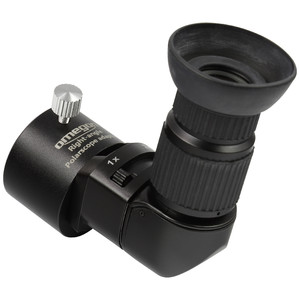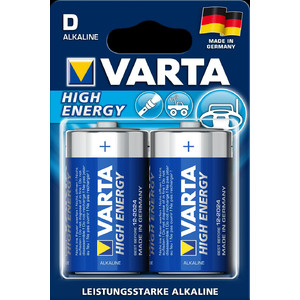Helaas is deze beschrijving nog niet in het Nederlands vertaald. U vindt hier dus een Engelse artikelbeschrijving.
This complete set includes everything you need to track a camera with photo lens to the night sky rotation. This way, you can take long-exposure shots of large star fields and other impressive sky photographs - and it's amazingly easy!
The heart of the photo mount is a stepper motor that compensates for the rotation of the sky by rotating the axis of the mount ("hour axis") at the speed of the stars ("sideral"). This way, the camera always remains focused on the desired area of sky.
For this to succeed, the photo mount must be aligned as follows: Simply aim the integrated polarscope at Polaris and the hour axis of the mount is aligned parallel to the Earth's axis.
With the ball head with quick release plate, you can quickly attach all cameras with the usual photo thread (1/4" and 3/8") and align them to the desired sky area.
In addition, the camera only needs a setting option for long exposures and, of course, a lens. Typically achievable exposure times with good tracking accuracy are as follows: 16mm-35mm wide angle lens: 10 minutes (600 seconds) or with a 200mm telephoto lens: 5 minutes (300 seconds).
The illustrations on the right give an impression of the tracking accuracy at different focal lengths.
Battery powered: A small battery bag is included in the scope of delivery. Optionally, a power supply unit can also be connected: 6V DC socket 5.5/2.5mm (positive pole inside).
The height-adjustable stainless-steel tripod is ideal for the Bresser photo mount, because it has a so-called polar wedge. The mount is attached to this cradle with a 1/4" photo thread screw. It can then be precisely aligned with Polaris by fine adjustment of azimuth and latitude (altitude). If the pole star is not visible, this can be achieved at least for short exposure times using the altitude scale and an optional compass.
The pole height and azimuth are adjusted by large toggle screws. Thanks to the bubble level integrated in the tripod head, levelling the tripod is also child's play.




